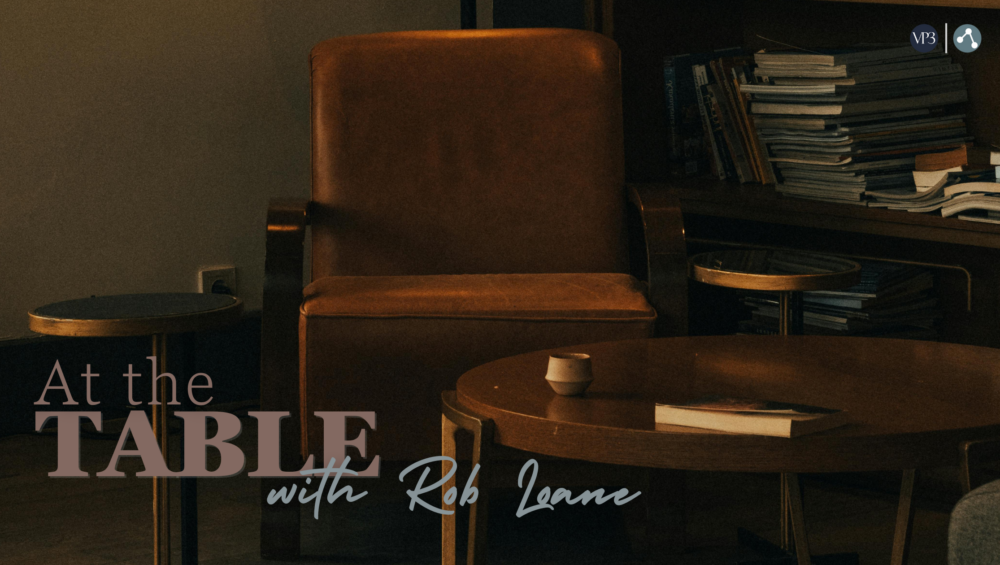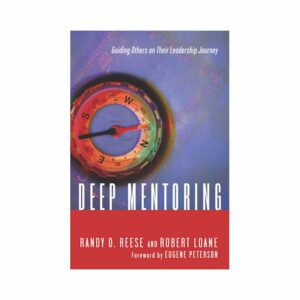Keith’s “Little Explorer on Board” blog last week caused me to think more about the connection between spiritual mentoring, leaving a legacy, and committing to our growth. This led me to recall one such person in my family whose influence has spread across several generations. My Uncle Tom was my dad’s uncle, one of my grandmother’s four brothers.
In my family, the Uncle Tom stories abound
Uncle Tom was quite a humorous character. In our family, the stories abound. He was the sort of person who, when told not to touch the chocolate fudge cooling in the kitchen, was known not just to brush aside such cautions by taking a finger full, but he was known to take the whole tray with him to work. As a butcher, he was known to cause a couple of unsuspecting women to all but pass out by his sharp chop of the cleaver, followed by yelling and writhing as if he had just chopped off a finger or two.
My dad tells a story of Uncle Tom taking him and his sister fishing when they were still young at a creek a short walk from their house. Now, this creek was lucky to have a couple of frogs, some worms, and a stray snake or two. It majored mostly on mosquitoes. There were no fish to be found in that creek. But my dad and Aunt Harriet were very young, and they didn’t know better. So off they went with Uncle Tom and two fishing rods. He generated the enthusiasm of a serious fisherman at a raging Montana stream. Once they got to the creek, he set them up, and they started fishing. He didn’t place them right next to each other but spread them out a bit “so that we can find out where the fish are really biting.” As Dad tells it, Uncle Tom moved back and forth between the two of them for a bit.
And then he said, “Tommy, you’d better go see if Harriet needs some help, I think they might be biting down there. Here, I’ll hold your rod.”
After looking at Harriet’s situation for a bit without any results, Dad walked back to his rod. Uncle Tom handed him the rod and headed back to Harriet.
But as he left, he said, “Tommy, you might want to reel back in your line. I think I felt a couple of tugs.”
So, as the story goes, Uncle Tom walked back to see Harriet. And in a short time, Harriet was sent over to find Dad reeling in the biggest fish either of them had ever caught. Then Harriet ran back to tell Uncle Tom of “Tommy’s great big fish,” only to discover a whopper at the end of her own rod. What an absolutely wonderful afternoon for Dad and Aunt Harriet! And I suspect, for Uncle Tom as well. They grinned and bounced with joy, delight, and pride and headed home, carrying their catch and their rods and walking with Uncle Tom. It must have seemed a strange and humorous sight to neighbors watching the threesome walking proudly back to the house with their miraculous catch.
Uncle Tom’s place in my Dad’s heart was secure and fruitful and unrivaled
It was not until years later that Dad learned of Uncle Tom’s stop at the fish market before they headed down to the creek. But, by then, his memory had done its work and Uncle Tom’s place in his heart was secure and fruitful and unrivaled.
Dad recounts another childhood discovery when he finally realized why it was that every time he returned home from a walk with Uncle Tom, his pockets would be full of change. Whenever he took a walk with anyone else—other uncles or aunts or his mom or dad—he might have found a chance penny or two, and that on a good afternoon. But his walks with Uncle Tom were profitable beyond a small boy’s imagination. Everywhere they went together Dad spotted coins on the pavement, on the sidewalks, even on some lawns—pennies and nickels and even dimes filled and jingled and weighed heavy in his pocket by the end of their trek. Again, it was not until well through early childhood that Dad discovered Uncle Tom’s skillful coin-flicking on their walks together.
Walks with Uncle Tom were about far more than dollars and cents; they were, for a small boy, profound offerings of grace and life and care. There was a tremendous generosity about Uncle Tom’s life. His spirit spilled over to everyone who knew him. His life shaped and occupied deep places in others’ lives.
Uncle Tom’s walks offer us a portrait…
Uncle Tom and his walks have offered a portrait, perhaps even a parable, of what it is like to journey through life with certain people. Some people just seem to rub off on you. They are infectious with life and spirit and grace, and you cannot remain the same person, merely because you have been with them. Like a small boy taking a walk with his Uncle Tom, when you are with them, truly good things seem to happen over and again. And this over and again does its work, inviting, guiding, and forming us in deep places we cannot reach on our own. We walk home and our pockets are full. We catch impossible fish. And much of the time, it is absolutely inexplicable and delightful, because we have also taken these same walks alone and with others, and we know what it is to return home with empty pockets. We have discovered that every person does not take walks the same.
We find ourselves where we are today because, at some point, a person or a series of people have taken “pocket-full sorts of walks” with us. They intersected our lives full of life and grace and time and laughter and acceptance. For some, it was a grandparent or a teacher early in our lives; for others, it was a neighbor or a coworker or a pastor. Their impact is written all over the stories of our lives. Their attention may have lasted for decades or it may have been a penetrating conversation at a critical time in our lives. Most often such relationships are unspectacular, but in retrospect, their effects are dramatic.
May we each have the grace to recognize and remember the pocket-full sorts of walks in our lives, our “uncles,” the men or women whose spirits spill with grace and laughter. And may we also have the grace and daring to grow into being such uncles for others…
Reflect: With whom have you taken pocket-full-sorts of walks?
Adapted from Rob Loane’s book, co-authored with Randy Reese, Deep Mentoring: Guiding Others on Their Leadership Journey (InterVarsity, 2012), pp. 176-178.


